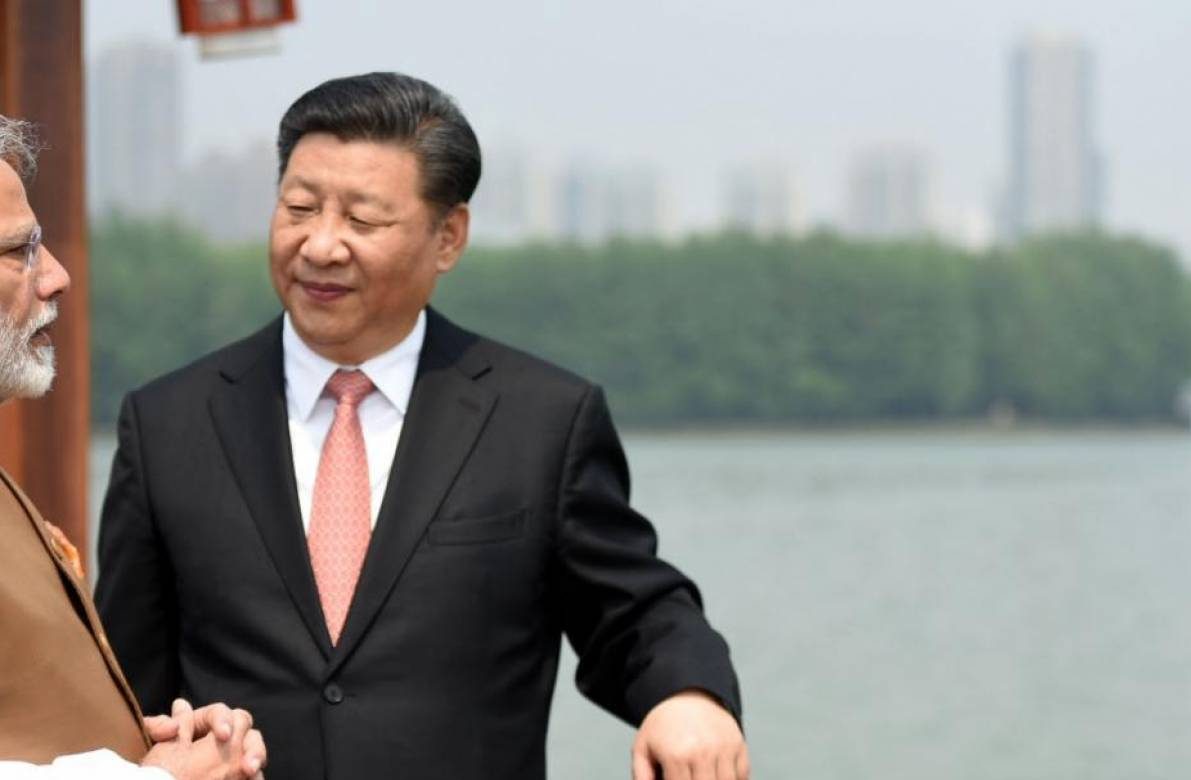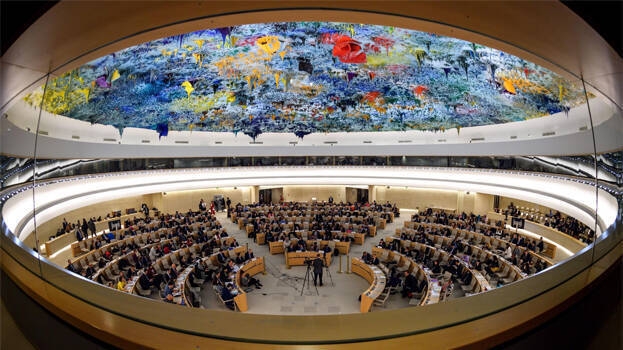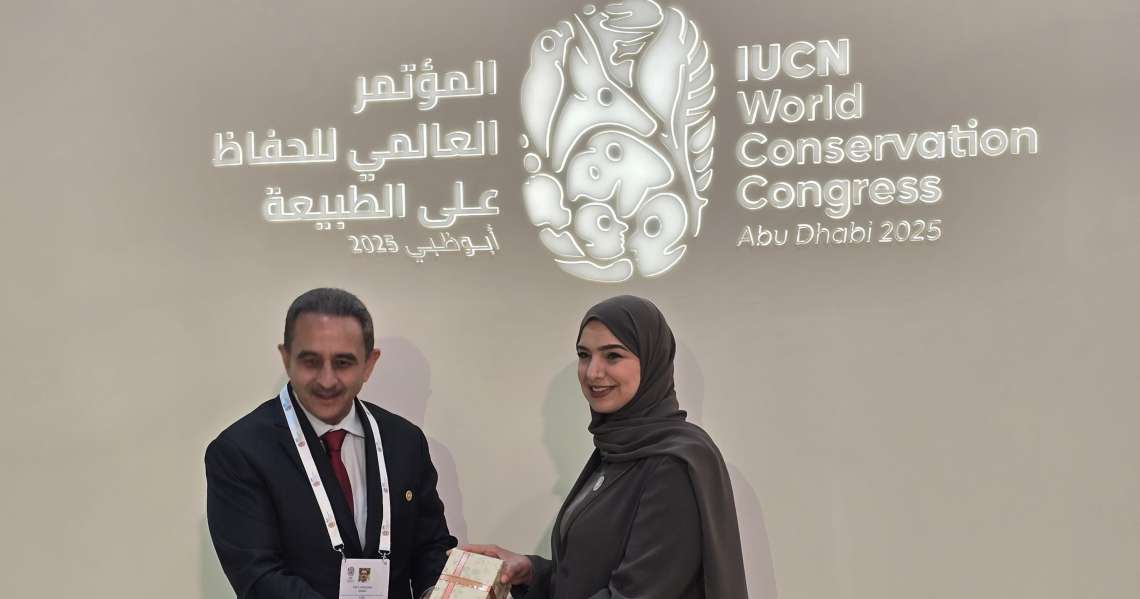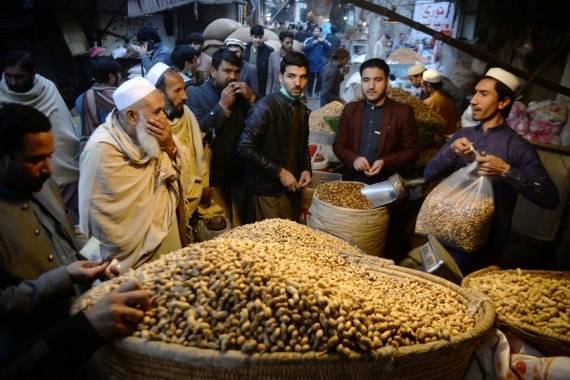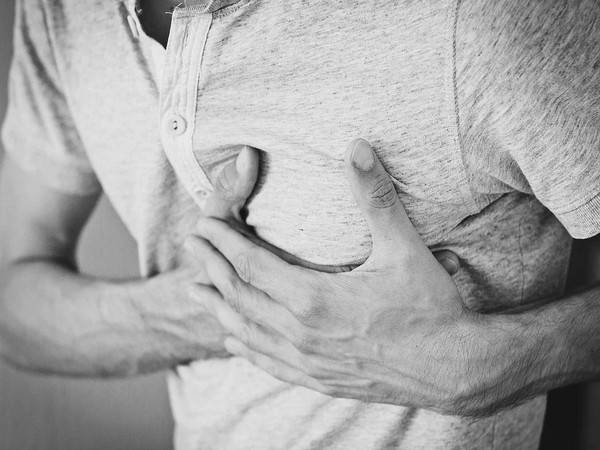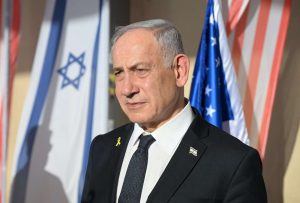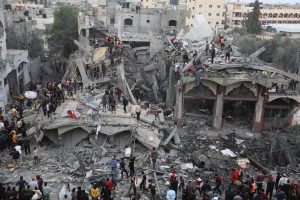While China has only earned brickbats for using the humane gesture to its expansionist policies, India is receiving bouquets for its transparent balancing act of supplying the vaccines to the needy countries while simultaneously catering to its own, massive internal demand.
As the world staggers in its attempts to control the Covid-19 pandemic through vaccination of the people, two vaccine-producing nations in Asia, China and India, take diverse routes to share their supplies with the international community through what is being called “vaccine diplomacy”. While China has only earned brickbats for using the humane gesture to its expansionist policies, India is receiving bouquets for its transparent balancing act of supplying the vaccines to the needy countries while simultaneously catering to its own, massive internal demand.
India launched its Vaccine Maitri (Vaccine Friendship) mission in January, 2021. It was the government’s initiative to supply anti-Covid vaccines gratis, commercially or through the Covas scheme to developing and least developed countries. It came about at a time when these countries were complaining of the first world cornering most of the vaccine supplies for their own populations. Without the ability to either buy them or produce them, these nations found a donor-cum-supplier in India.
This apart, the Indian government took the lead in providing a level playing field for vaccine development and distribution in developing countries. To this end, it teamed up with South Africa to seek an intellectual property waiver for Covid-19 vaccines from the World Trade Organisation (WTO) until the pandemic is brought under control.
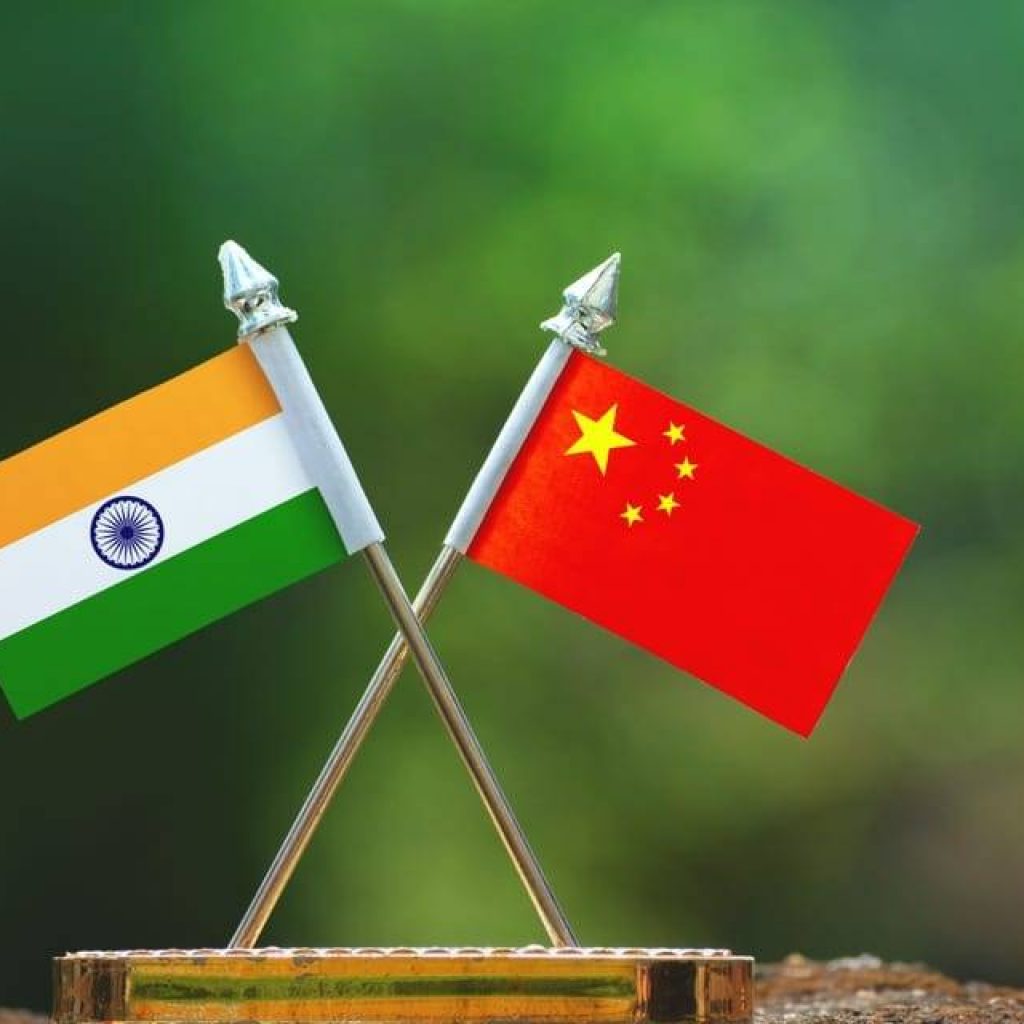
The mission was rolled out keeping in mind the domestic demand for vaccines. India had an established scientific background in vaccine production and trial technology that helped shape up its initiative. India is the third largest producer of pharmaceuticals in the world and the Pune-based Serum Institute is the world’s largest vaccine producer in terms of quantity. India is producing two vaccines at the moment – Covishield developed by Oxford University-AstraZeneca by Serum Institute and Covaxin developed by Bharat Biotech – and a few others are in various stages of development including a nasal vaccine. The Dr Reddy’s Laboratory conducted trials of Russia’s Sputnik V vaccine.
Writing for a blog of the development policy blog of the Crawford School of Public Policy at the Australian National University, an international development practitioner, Mandakini D. Surie, pointed out to foreign policy factors that may have influenced the Maitri initiative: “India’s vaccine diplomacy also comes against the backdrop of increased geopolitical tensions with China. In the wake of last year’s protracted border dispute between the two countries, Prime Minister Modi emphasised the need for India to be “atmanirbhar” (self-reliant) in the production of goods and services and play a more critical role in global value chains. India’s show of strength in the vaccine race is a powerful expression of this sentiment. And there are signs that the world is paying attention. At the recent QUAD leaders’ summit held on 12 March 2021, the US, Australia and Japan acknowledged India’s vaccine contributions and agreed that India would lead production of Johnson & Johnson’s vaccine as part of a new QUAD-led vaccine initiative.”
The Narendra Modi government met with stiff protests from the Indian opposition parties for the Vaccine Maitri mission. They claimed that the government was ignoring the internal demand for vaccines and focusing only on donating doses abroad. The opposition party leaders literally campaigned for stoppage of supplies to foreign countries.
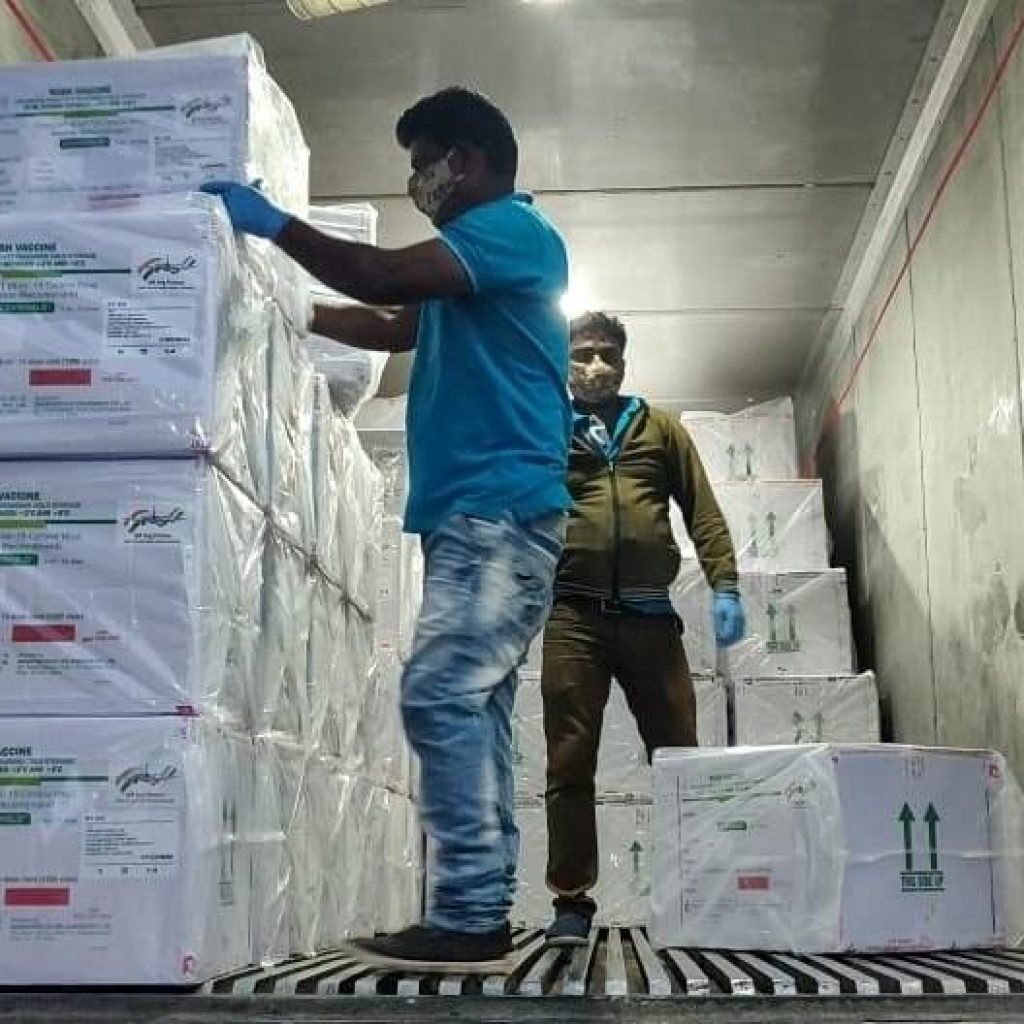
India’s foreign minister S. Jaishankar responded to the opposition: “to the extent that you have margins and the ability and the obligation to help others, I think it’s the decent thing to do, as I said, doing good is also doing smart.”
The Prime Minister was forthright in his reply to the critics, saying India has “walked the talk” even though it had “limited resources” of its own and had struck a balance between protecting “our own 1.3 billion citizens”, supporting “the pandemic response efforts of others” and encouraging “coordinated regional response” in the neighbourhood.
Modi said: “We understand fully, that mankind will not defeat the pandemic unless all of us, everywhere, regardless of the color of our passports, come out of it. That is why, this year despite many constraints, we have supplied vaccine to over 80 countries. We know that the supplies have been modest. We know that the demands are huge. We know that it will be a long time before the entire humanity can be vaccinated. At the same time we also know that hope matters. It matters as much to the citizens of the richest countries as it does to the less fortunate. And so we will continue to share our experiences, our expertise and also our resources with the entire Humanity in the fight against the pandemic.”
Also read:Cryogenic containers airlifted from China to Kolkata
The vaccine diplomacy was rolled out on January 21, 2021. It tapered off by mid-April by which time India had supplied, or donated as the case may be, as much vaccine as it possibly could without disturbing internal supplies. During this period, 66.5 million doses were sent to 95 countries across the world, covering nearly a third of humanity and some of the poorest countries in Africa, Latin America, the Caribbean and also some of the richest like Canada and UK. Of this, 10.7 million were free, 35.8 million commercial and 19.9 million were sent under the Covax scheme. (Source: https://www.mea.gov.in/vaccine-supply.htm)
India’s neighbours benefited first, with Bangladesh getting 10.3 million doses. Prime Minister Narendra Modi paid a visit to Dhaka in late March to mark that country’s golden jubilee of independence and the centenary of the founding father, Sheikh Mujibur Rehman. Modi took along a gift of 1.2 million doses of the AstraZeneca vaccine. The other neighbours to get the doses were Myanmar, Sri Lanka, Afghanistan, Nepal, Bhutan and Maldives.
In South America, Brazil received the maximum of 4 million doses while the UK got 5 million. A total of 24.2 million doses went to nearly all countries in Africa with Morocco getting the biggest share of 7 million doses followed by Nigeria with 4 million doses. And Ethiopia with 2 million.

Considered a friend of Israel, India did not hesitate to help out Palestine with a consignment of 0.02 million doses. The United Nations received supplies too, with UN Peacekeepers getting 0.2 million doses and UN Health Worker, 0.1 million doses.
The world recognized India’s contribution, with director-general of the World Health Organization (WHO) TA Ghebreyesus tweeting to thank India and Modi for “continued support to the global Covid-19 response”.
In early March, the 79-member African, Caribbean, Pacific (ACP) group and the 15-member Caribbean Community (CARICOM) lauded India at the WTO for the vaccine supplies to the needy and asked other vaccine-producing countries to emulate India’s example.
In stark contrast to the Indian example, China also embarked on its own version of the vaccine diplomacy much earlier than India. However, it elicited responses that ranged from chagrin to outright criticism from the international community as China was accused of trying to project its soft power by exploiting the helplessness of countries in coming to terms with the Covid pandemic.
It tried to steal a march over the United States and other vaccine-producing countries by launching its pandemic diplomacy as early as March, 2020 when the first wave of Covid was at its peak after the outbreak in Wuhan, China.
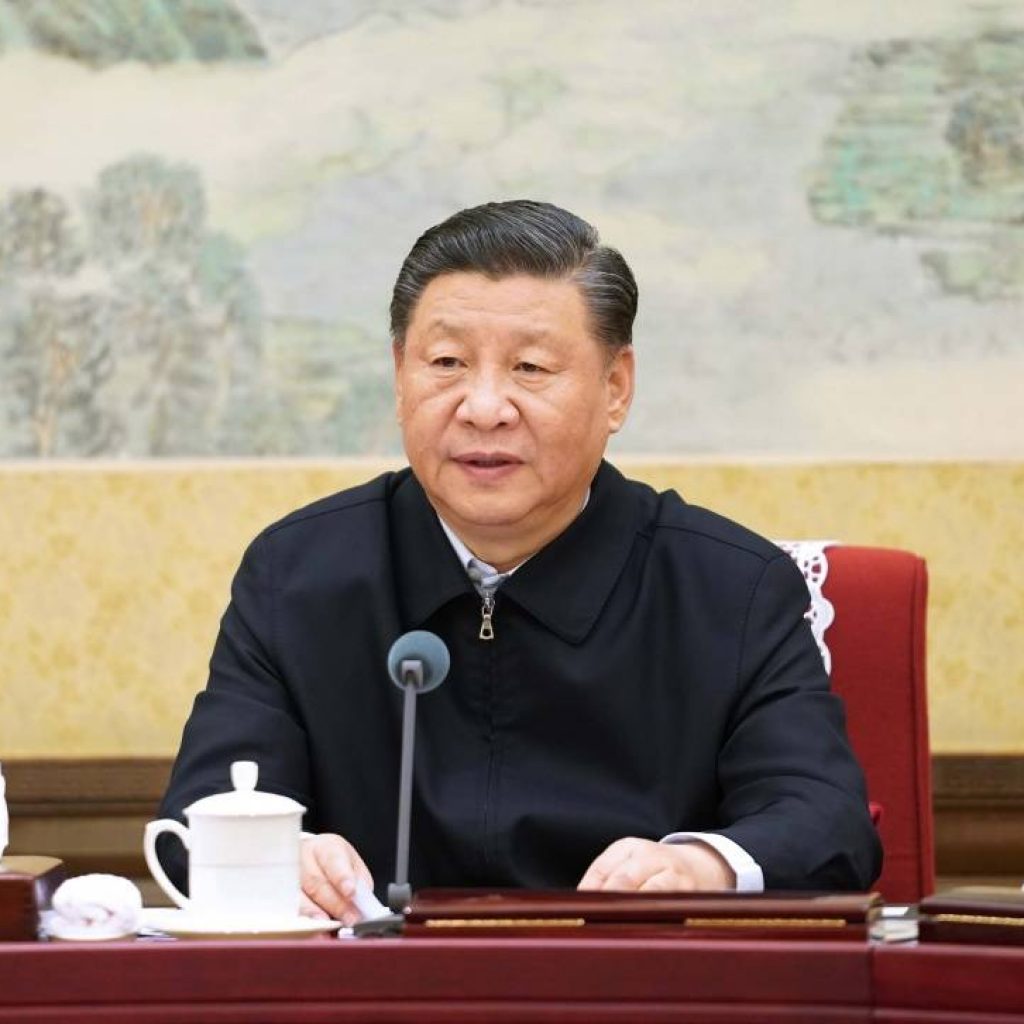
It began with what the world derisively called the “mask diplomacy”. Prominent China expert Charles Dunst wrote in the foreign policy and global economics publication, The American Interest: “Its defective gifts’ reflect a defective regime-and the world is beginning to notice.” That was the first salvo fired at China for the simple reason that the millions of masks it “donated” to various countries were rejected after being found defective.
Even as the pandemic spread to Europe from China, in February, 2020, China was accused of hoarding medical supplies and equipment. At that time, it accounted for close to half of global imports of face shields, protective garments and equipment, gloves, and goggles from that country.
Also read:Blinken slams China’s rising aggression
China saw an opportunity to divert attention from the American charge against it over the Covid outbreak by offering to sell face masks to European countries. It contacted Finland first, sending 12.5 tonnes of Chinese medical equipment there. Then came Spain which received supplies worth over $450 million including one million face masks. Slovakia got 3 million masks and testing kits; Hungary received 86 ventilators, Indonesia got 17 tons of supplies, which 150,000 testing kits went to Czech.
Private companies in China produced the equipment – apart from state-financed companies – but the exports were all made in the name of the Chinese government. The Chinese Communist Party was reported to have taken credit for donations made by Chinese businessman Jack Ma.
Then the problems began for China. The countries receiving the equipment, specially masks, undertook rigorous quality checking under their respective occupational safety and health requirements. The certificates issued by the Chinese attesting to the quality of the supplies were found to be fake.
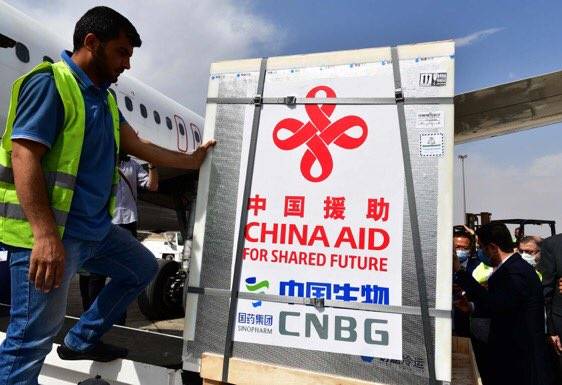
Czrch found that 80 per cent of the masks it received were defective. The testing kits sold to Spain were inferior. The Netherlands recalled over half a million defective masks it bought from China. Turkey, Georgia, Philippines also discarded the supplies because of quality issues.
The American Interest in its April 15, 2020 edition remarked: “The world is unlikely to ever know the breadth of China’s exported negligence, but contemporary reports seem to be only the tip of the iceberg.”
Undaunted by the growing criticism, President Xi Jinping had a telephonic conversation with Italian Prime Minister Giuseppe Conte on March 16, 2020 when he said: “China is ready to work with Italy to contribute to international cooperation on epidemic control and to the building of a ‘Health Silk Road’ (HSR). China is convinced that by fighting COVID-19 together, the two countries will deepen their traditional friendship and mutual trust and open up broader prospects in cooperation across the board.” The reference to the HSR betrayed the unconscious linkage to the Belt and Road Initiative, touted as the driver of Xi’s expansionist policies.
An Indian media website, The Print, wrote on June 11, 2020 exposing the intentions behind HSR: “China hopes that HSR will allow it to find newer markets. BRI partner countries will be the new incubators for China’s healthcare systems and technology. The country’s National Health Commission has had an exhaustive plan on the HSR ready since 2017. This includes offers of infrastructure development, capacity building, and identification, prevention, and control of diseases. Chinese contact-tracing apps bundled with e-medicine apps, tools for quarantine, and statistics for authorities could become ubiquitous in BRI member states.”
But the HSR attempt yielded no results because of the inferior quality of medical supplies China “donated” and sold for its selfish purposes.
President Xi remained undeterred and this February, he made a fresh attempt to use the pandemic to promote China’s interests in Europe. He focused on improving ties with the 17 central and eastern European nations – its grouping is called the 17+1 Forum. The media, including the South China Morning Post, saw through the move, with the latter headlining on February 9 that President Xi “offers Covid-19 vaccines and trade ties in bid to keep Central and Eastern Europe on his side”, adding that “scepticism about Beijing is on the rise on the continent and some countries have complained its promises have come to nothing”.
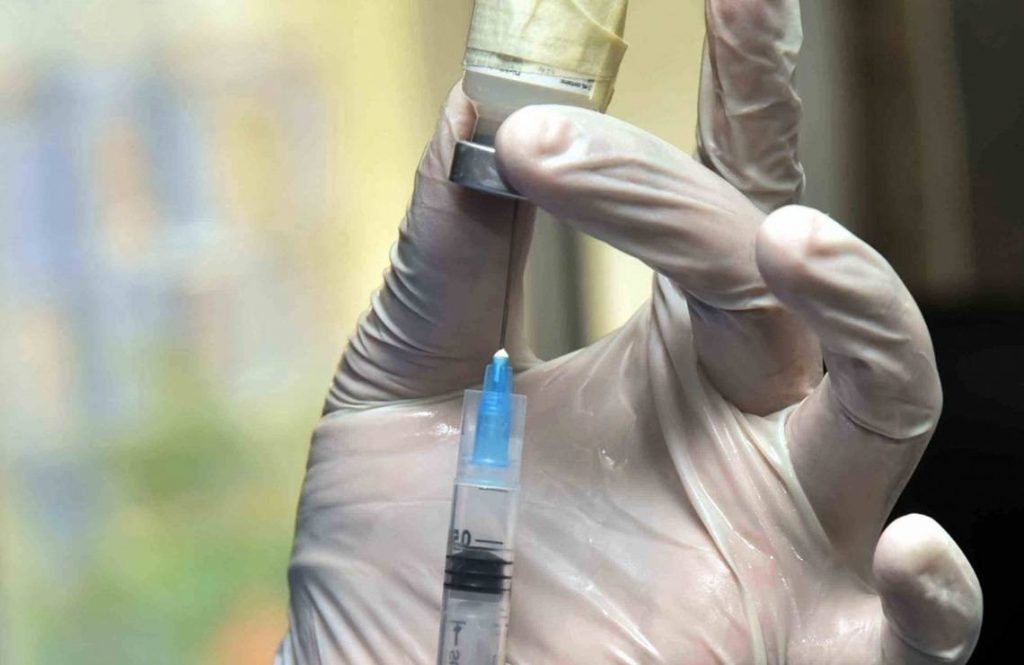
Addressing the Forum, Xi told them he is prepared to not only supply the vaccines but also import more goods from them. China’s state news agency, Xinhua reported that Xi told them that “China would import US$170 billion worth of goods and double the purchase of agricultural products from the region over the next five years”. He also informed them that Chinese companies had “already supplied one million doses of Covid-19 vaccines to Serbia, and were also working with Hungary, adding that China would actively consider working with other nations if they were interested”.
Some members of the 17+1 Forum voiced their scepticism about Xi’s proposals saying some of the promises never materialised. In fact, two members, Lithuania and Esstonia, went to the extent of not sending their representatives to a virtual meeting with Xi.
A SCMP report, analysing this development, quoted Xavier Richet, a professor specialising in the Belt and Road Initiative at the Sorbonne in Paris, as saying: “All the countries of the region (with the exception of Serbia and Hungary) are closing their markets to the Chinese firms in spite of its presence in some of these countries. The big criticism that the 17 make against China is the weakness and asymmetry of their trade with China, which has certainly increased in recent years, but which remains very modest”.
Significantly, the scepticism remained despite the fact that Serbia received the Chinese vaccine at a time when the European Union’s vaccination programmes were jeopardised by delays in Astra-Zeneca vaccine production. Serbia, with the help of the Chinese vaccine (from Sinopharm), had the second fastest roll out in Europe.

